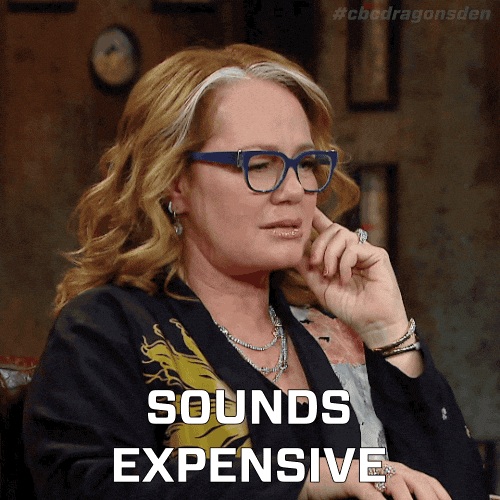The Best Time to Buy Long-Term Care Insurance? When You Don't Need It Yet
So many of us deal with the same impossible choice: buy long-term care insurance (LTC) now while we're healthy (and hate spending money on something we might never use), or roll the dice and hope we'll never need expensive care. Spoiler alert: hope isn't a financial strategy.
INSIDE THIS ISSUE
Apply now for long term care before the window closes
Understand what's covered (and what isn't) before you need it
Make three strategic moves that could save your financial future
The Window Is Closing Faster Than You Think
Listen up. While you're busy managing hot flashes and wondering if you'll ever sleep through the night again, your insurance eligibility for LTC is quietly slipping away. The average annual premium for a single female age 55 is $1,500, but wait until 60 and you're looking at $1,900—and that's assuming you can still qualify.
What connects every single one of us navigating this midlife chaos? Nearly 70% of 65-year-olds will eventually need long-term care services or support, and women need it longer. Women typically need care for an average of 3.7 years, while men require it for 2.2 years. But here's the kicker—applicants must be in relatively good health to qualify, and pre-existing conditions such as Alzheimer's disease, Parkinson's disease, multiple sclerosis or a history of strokes could result in a denial.
Your perimenopause symptoms aren't just inconvenient—they're potential red flags for insurance underwriters:
Sleep disruption and brain fog could evolve into chronic conditions
Every calendar year that passes puts applicants into a different risk pool, and riskier applicants are more expensive to insure
Today's manageable symptoms become tomorrow's pre-existing conditions
What Nobody Tells You About Tomorrow's Care Costs
As of 2025, the average cost of a private room in a nursing home exceeds $120,000 per year, and home health aide services can cost upward of $75,000 per year. Multiply that by women's longer care duration, and you're looking at potentially $400,000 in lifetime care costs.
Most policies will reimburse you for care given in a variety of places, including:
Professional home care for daily assistance
Adult day programs for social connection and supervision
Assisted living when independence becomes challenging
Nursing homes for comprehensive medical care
Insurers will assess your ability to perform basic activities of daily living (ADLs) independently. These include bathing, dressing, eating, transferring (moving from bed to chair) and maintaining continence. When you can't handle two or more independently, benefits kick in.
The symptoms you're managing now directly predict future care needs:
Sleep disturbances linked to increased depression risk
Cognitive changes affecting work performance
Joint aches indicating future mobility issues
Mood fluctuations signaling long-term mental health challenges
What won't save you? Medicare won't cover long-term custodial care and only covers short nursing home stays or limited amounts of home health care in specific instances. Your regular health insurance? Useless for daily assistance needs.
Three Strategic Moves That Could Save Your Financial Future
1. Pick Your Protection
Choose between two main types:
Traditional policies: Lower premiums, tax-deductible benefits, and inflation protection—ideal for maximum tax advantages
Hybrid policies: Combine life insurance with LTC benefits—if you don't use the care benefits, your beneficiaries get a death benefit —perfect if you hate "wasted" premiums
Menopause consideration: Most hybrid life insurance policies do not qualify for tax benefits, but eliminate the "use it or lose it" concern that keeps many women from buying coverage.
2. Apply Before It's Too Late
Timing is everything:
The sweet spot: Apply between ages 50 and 65 while managing symptoms, but haven't developed chronic conditions
Health screening reality: Insurance companies will typically review your medical records and may require a physical examination
Menopause advantage: Current hormone therapy or sleep medications typically won't disqualify you
Don't wait for perfect health—that day may never come, and your window is closing.
3. Plan for the Long Game
Factor in your female-specific risks:
Inflation protection: With 3% compound inflation, a $165,000 initial benefit pool grows to $345,500 by age 85
Longevity planning: Women's longer life expectancy means more time for care costs to compound
Cost savings: Get quotes from multiple insurers—there are discounts available to couples and individuals in good health
Your future self—the one dealing with whatever health challenges come next—is counting on decisions you make today. While you're still healthy enough to qualify and young enough for reasonable premiums, you have the power to protect both your finances and your independence.
Ready to protect your future while you still can? Share this with 3 friends who deserve financial security through every life stage—menopause included.





